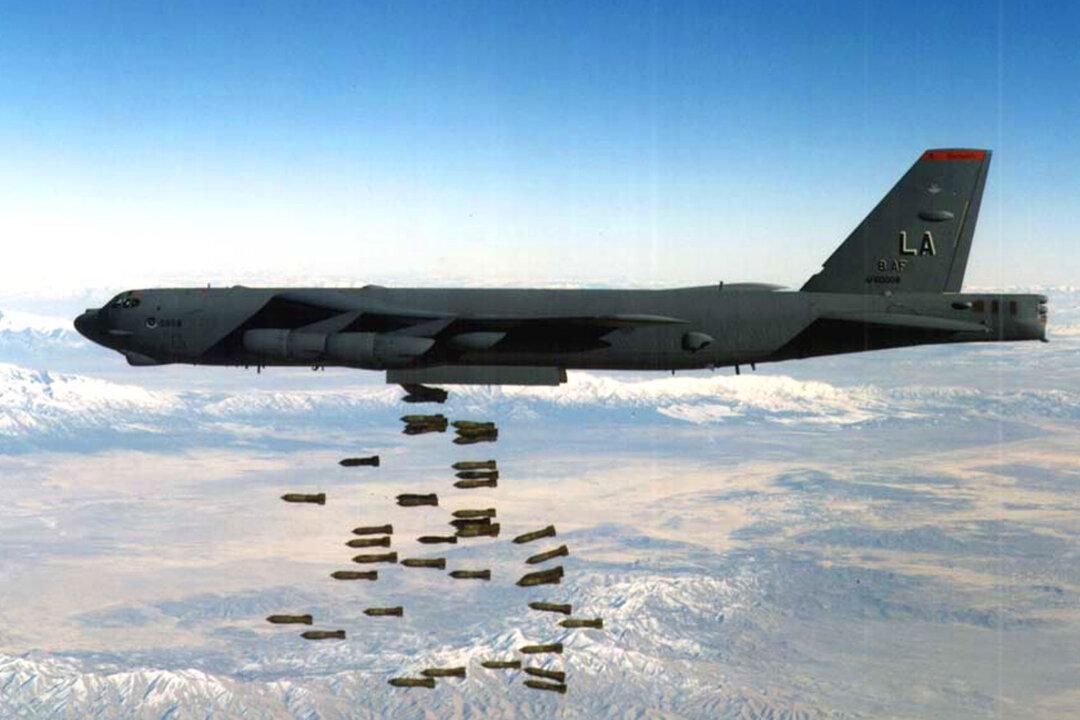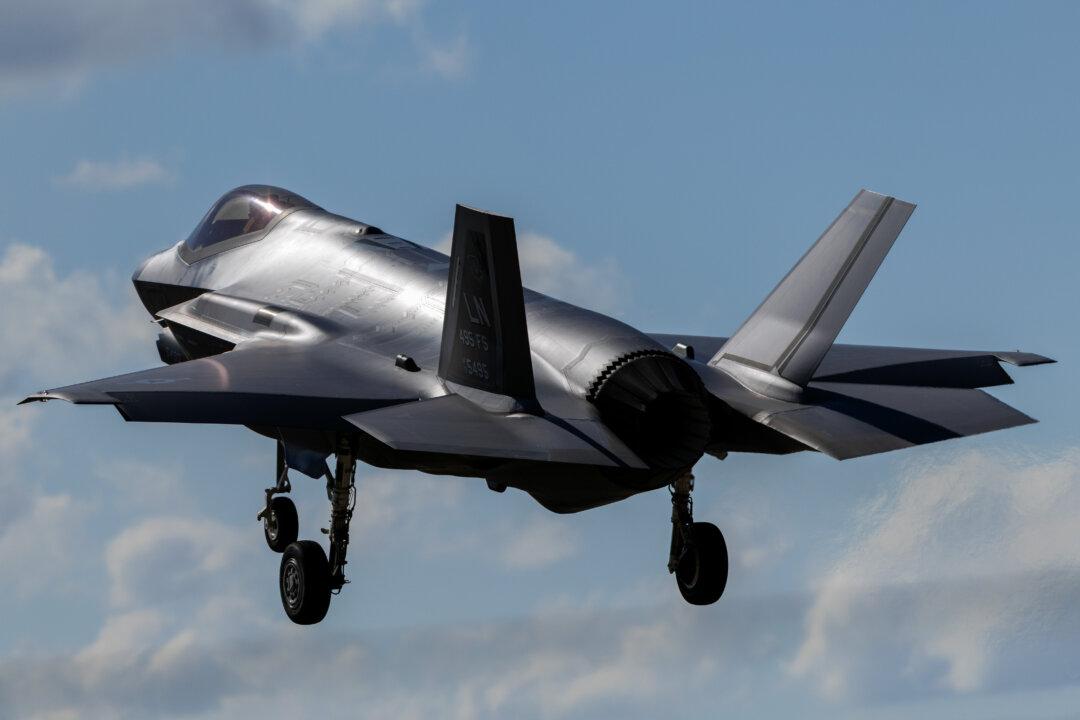Commentary
With testing underway at NASA’s Stennis Space Center for the B-52’s shiny new engines, a quick overview of the comprehensive package of upgrades and modernizations that will keep the B-52 flying well into the 2050s seems appropriate. But given the B-52’s age, it’s only natural to wonder why the Air Force is making such a large commitment to such an aged airframe. However, in coming to understand the B-52’s history and capabilities, it makes sense.





